Industrial Machinery Rigging & The Hidden Dangers
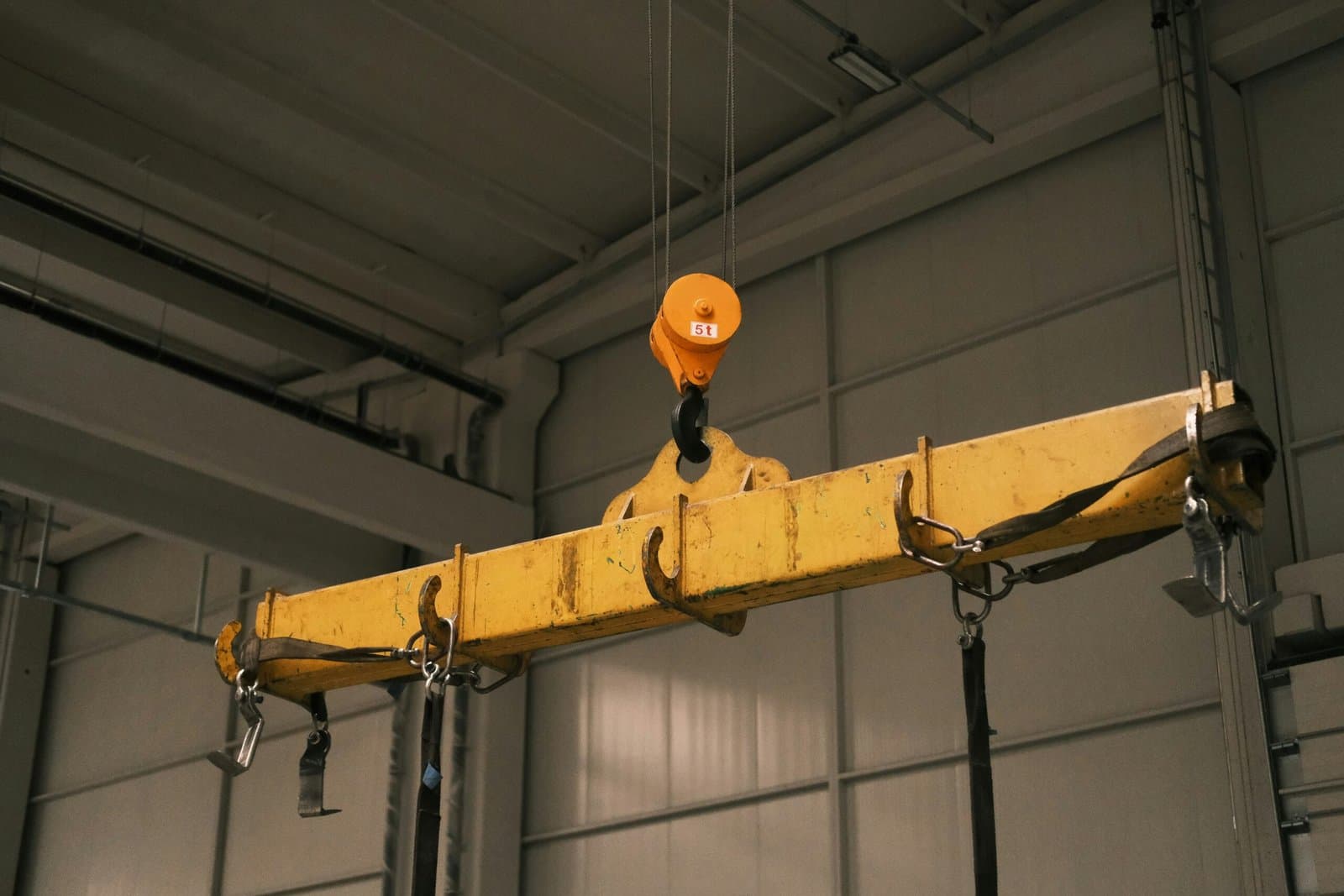
Industrial machinery rigging is one of the most high-risk activities in any manufacturing environment. Moving massive, sensitive, and often expensive equipment requires more than brute strength; it demands precision, expertise, and strict adherence to safety standards.
Unfortunately, too many businesses attempt to cut corners by using in-house staff, unqualified labor, or general contractors who lack proper rigging experience. The result? Catastrophic accidents, costly project delays, and long-term damage to equipment and reputation.
In this blog, we’ll explore the five biggest risks of inexperienced rigging and explain why partnering with professionals, like APS Industrial Services, is essential for protecting your team, assets, and bottom line.
1. Equipment Damage That Can Cost Millions
Industrial machines are not just heavy, they’re complex, calibrated, and often custom-built. Improper lifting techniques, using the wrong rigging gear, or failing to understand load dynamics can:
-
Bend or crack structural components
-
Throw off machine alignment or calibration
-
Damage-sensitive internal electronics
-
Void manufacturer warranties
According to OSHA, equipment damage due to rigging mishandling costs U.S. businesses over $150 million annually. In manufacturing, even a single damaged CNC machine or press line can halt production and cost far more in lost revenue than the move itself.
2. Structural Failure and Facility Damage
It’s not just the machine at risk—your facility infrastructure is, too. Inexperienced riggers may overlook weight limits for flooring, overhead clearances, or loading dock constraints.
Common consequences include:
-
Cracked concrete slabs or damaged floors
-
Overloaded mezzanines or loading bays
-
Collisions with walls, doors, or overhead fixtures
-
Inadequate crane anchoring causing tipping or collapse
Experienced riggers perform structural load assessments before any lift and use proper matting, bracing, and counterbalancing to protect the facility as well as the load.
3. Severe Worker Injury or Fatalities
One of the most dangerous consequences of amateur rigging is personal injury. When heavy equipment is lifted or moved without proper planning, the margin for error disappears.
Risks include:
-
Dropped loads
-
Pinch/crush injuries
-
Struck-by incidents
-
Falls from height or unstable platforms
The Bureau of Labor Statistics reports an average of 50+ annual fatalities related to rigging and hoisting activities, many of which involve preventable human error.
Professional riggers are trained in OSHA and ANSI standards, use certified equipment, and follow strict protocols to ensure the safety of every worker on-site.
4. Legal Liability and Insurance Nightmares
If a rigging job goes wrong, your company could be exposed to significant legal and financial liability. Inexperienced crews may not carry proper coverage or certifications, leaving you responsible when things go wrong.
Possible outcomes include:
-
Workers’ compensation claims
-
Property damage lawsuits
-
Equipment manufacturer warranty disputes
-
OSHA citations and fines
-
Project insurance rate increases
In contrast, professional rigging companies carry full liability coverage, workers’ comp, and trained staff certified in equipment handling and site safety.
5. Project Delays That Ripple Across Operations
Rigging mistakes don’t just cause damage, they derail entire timelines. An improperly planned or executed move can halt production, delay inspections, and affect downstream contractors waiting on equipment installation.
Delays may result from:
-
Rework due to damaged machines or misaligned setups
-
Waiting on replacement parts or warranty approvals
-
OSHA investigations or safety-related stoppages
-
Re-permitting due to job-site accidents
For manufacturing plants that operate on tight production schedules, even a 1- to 2-day delay can translate into tens of thousands in lost revenue.
What Skilled Rigging Teams Do Differently
Professional rigging teams like APS Industrial Services do far more than “move heavy stuff.” Here’s how the pros mitigate every risk:
-
Pre-project assessment of equipment, environment, and structural load paths
-
Engineered lift plans with load charts, anchoring points, and tool selection
-
Certified riggers and crane operators with industry credentials
-
Safety-first execution with full PPE, LOTO protocols, and site hazard mapping
-
Insurance and liability protection backed by regulatory compliance
This disciplined approach transforms industrial machinery rigging from a liability into a streamlined process that supports business continuity and growth.
Final Thoughts: The High Cost of Cutting Corners
In the world of industrial machinery rigging, the stakes are high. One mistake can ripple through your entire organization—physically, financially, and legally.
If you’re planning a machine move, expansion, or facility relocation, don’t leave the job to amateurs. It’s not just about lifting—it’s about planning, protecting, and performing with precision.
✅ Partner with the Professionals
APS Industrial Services has decades of experience in heavy equipment rigging for the manufacturing sector. From single-machine moves to full plant relocations, we offer:
-
Turnkey rigging and relocation
-
OSHA-compliant safety protocols
-
Certified crews and specialty equipment
-
Minimal downtime and zero shortcuts
👉 Contact APS today for a safe, efficient, and fully insured industrial rigging consultation.
Newsletter
Don't miss a thing!
Sign up to receive daily news
Recent Posts
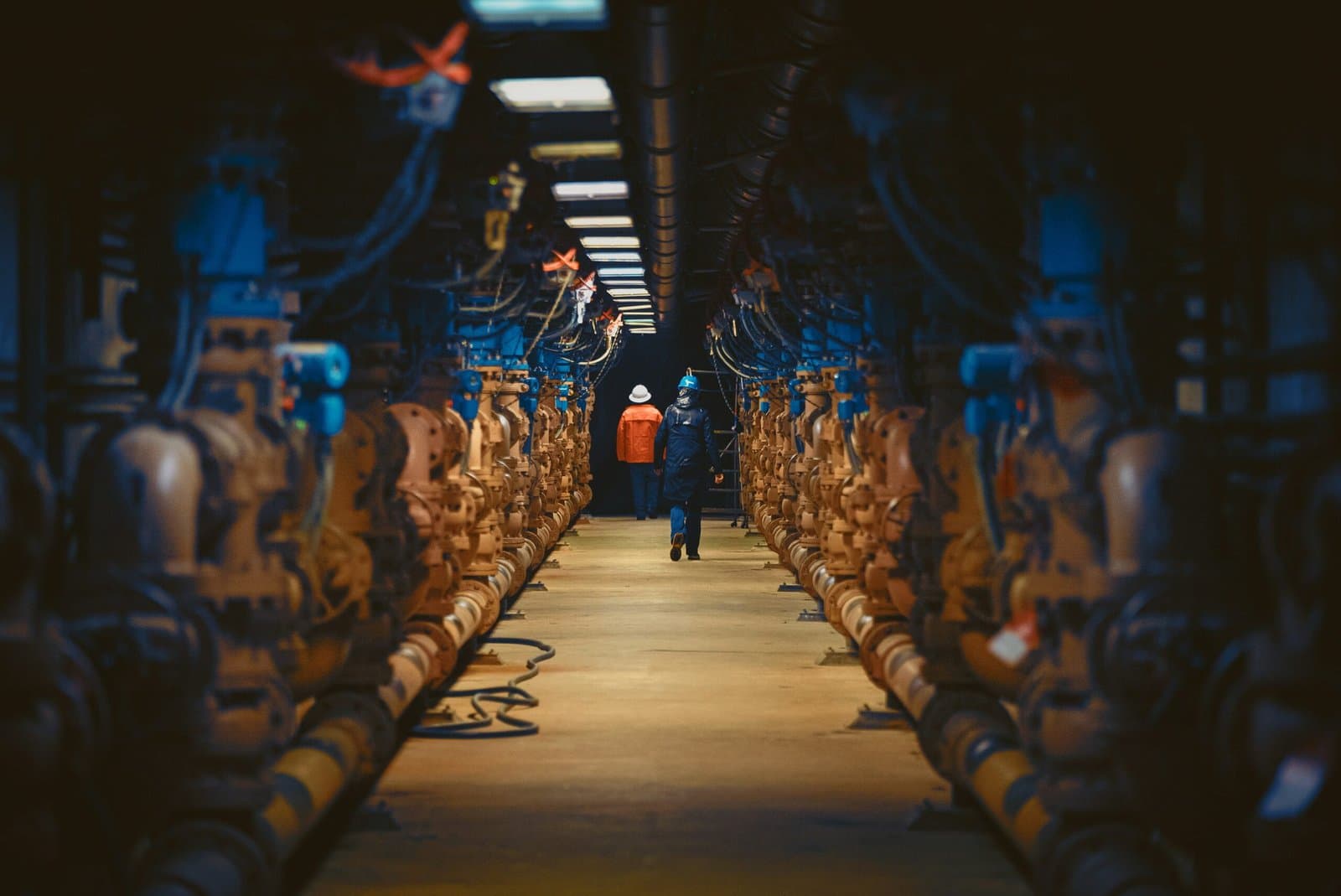
august 30, 2025
Decommissioning a Facility: How to Turn It into a Profitable Venture
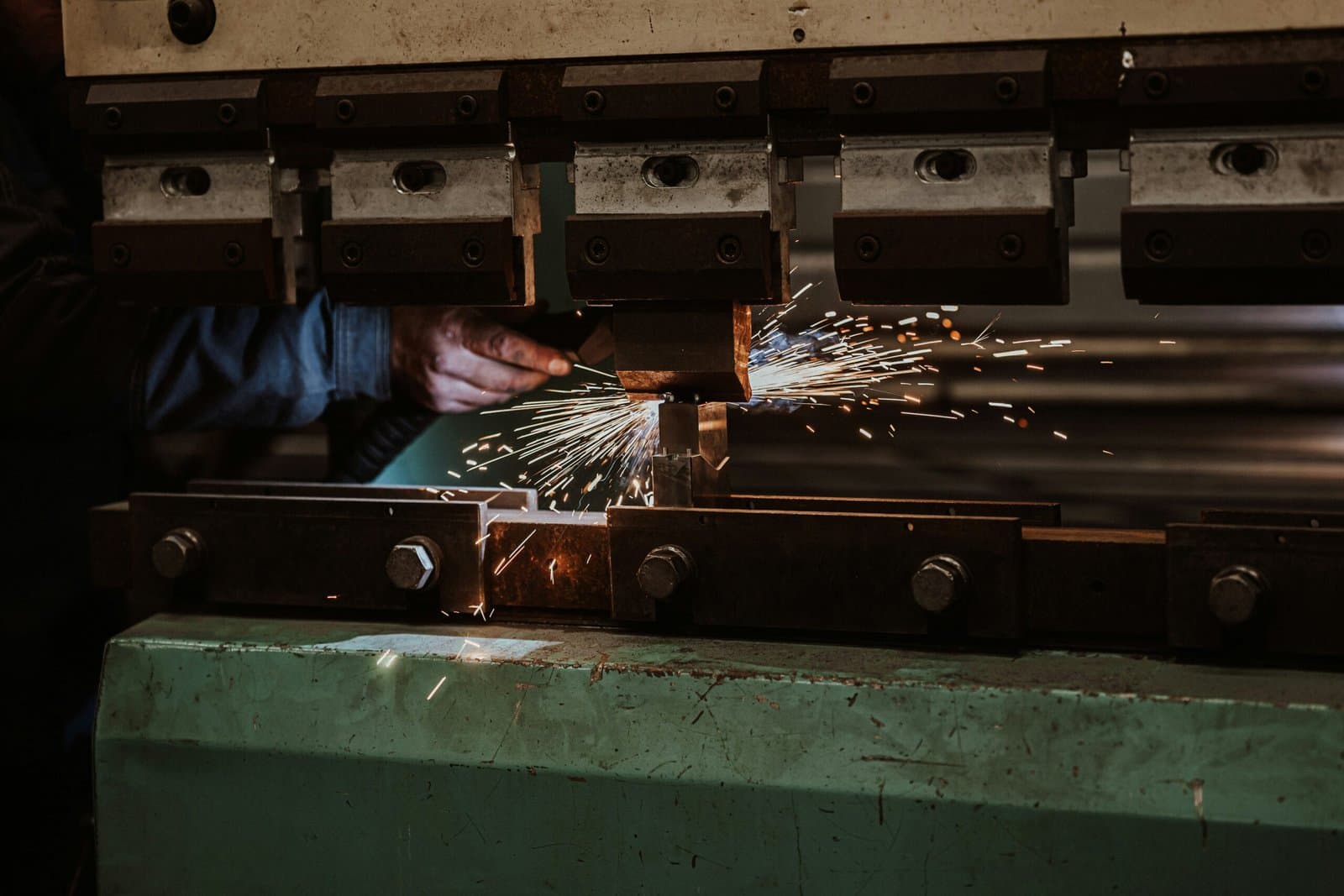
august 25, 2025
Hydraulic Press Maintenance 101
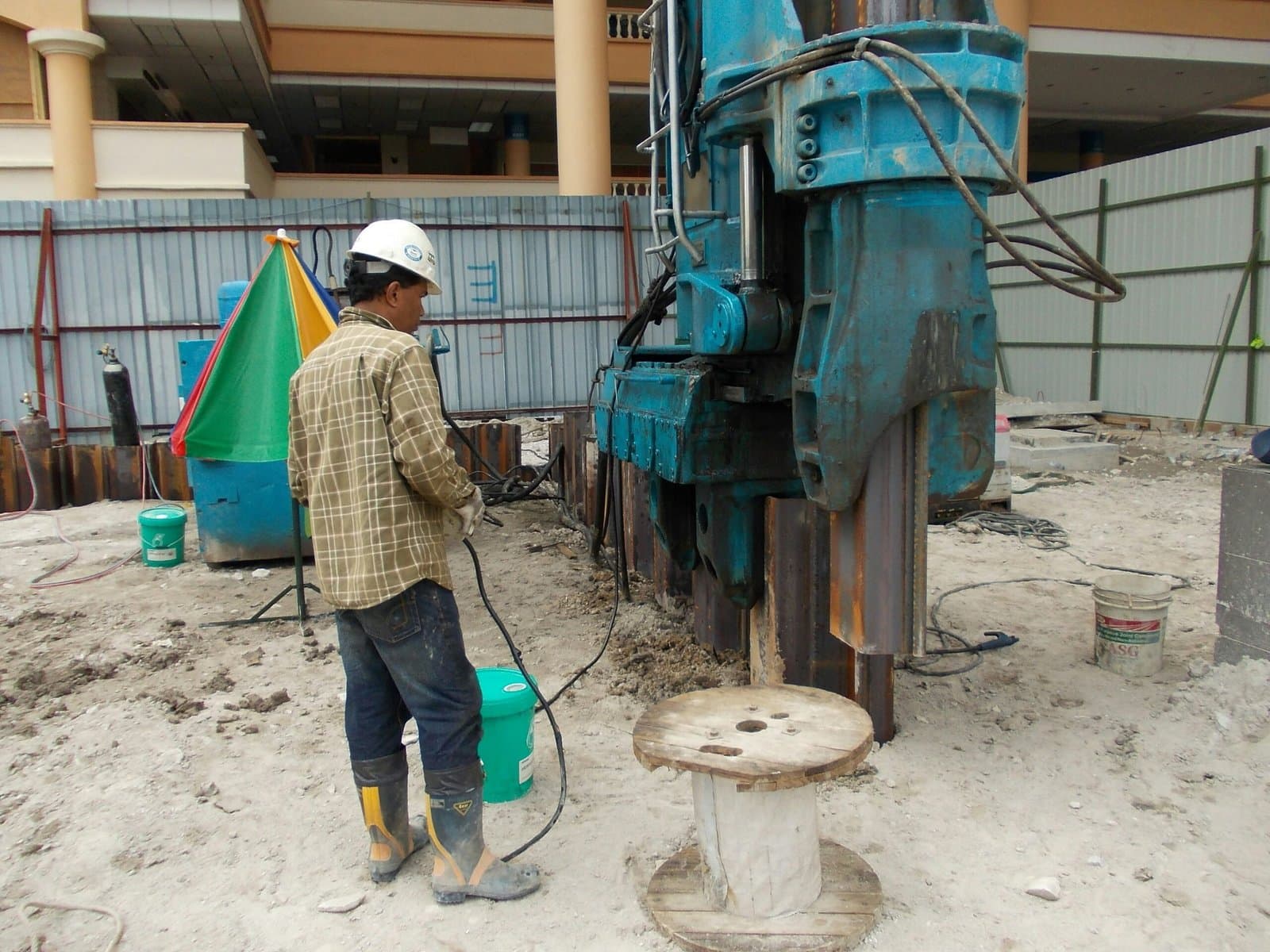
august 18, 2025
Rigging Machinery: The Challenge of Moving and Installing Outdated vs. Modern Equipment
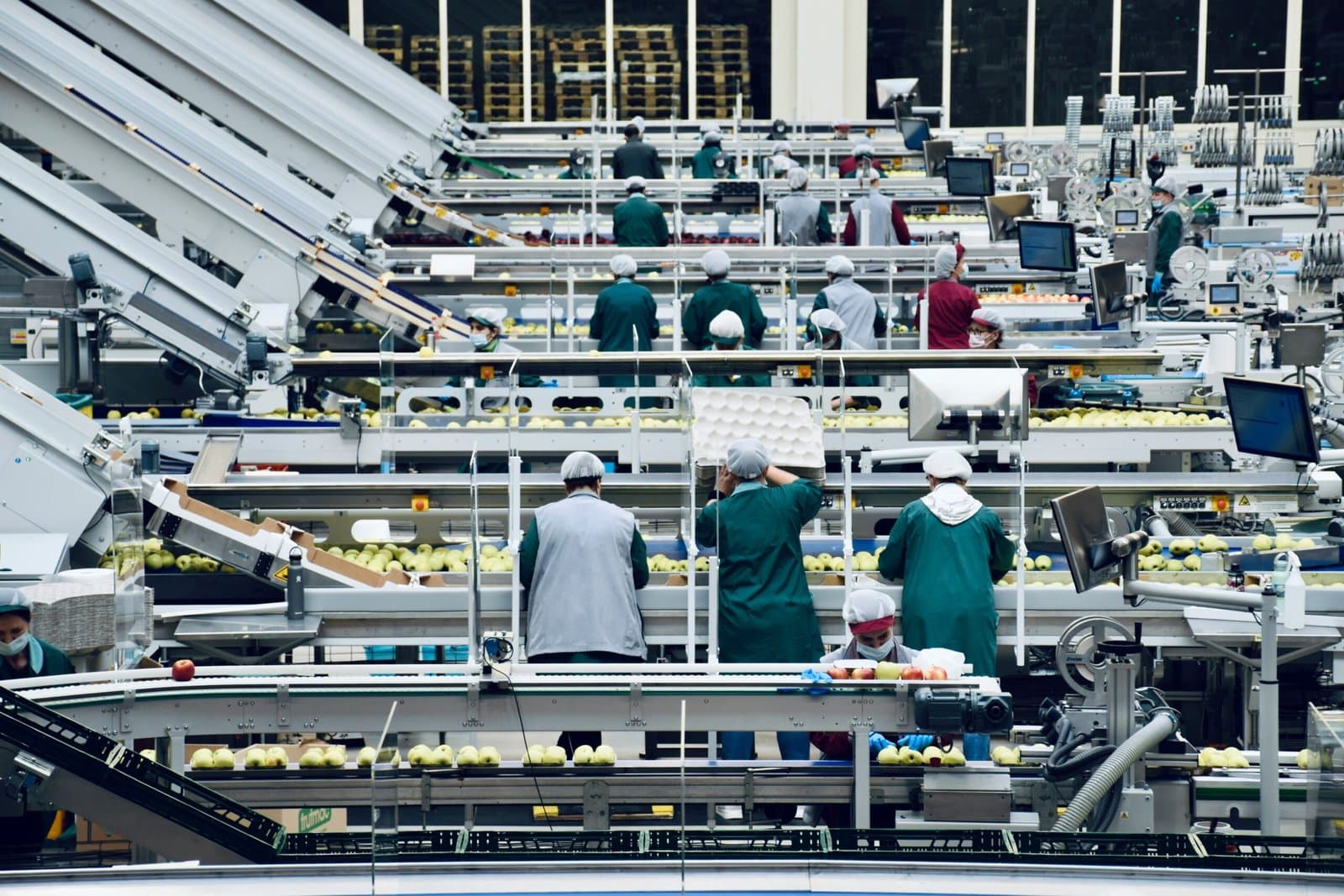
august 16, 2025
Conveyor System Maintenance: 5 Early Warning Signs of Failure

august 14, 2025
Predictive Maintenance: The Smarter Alternative to Costly Reactive Repairs
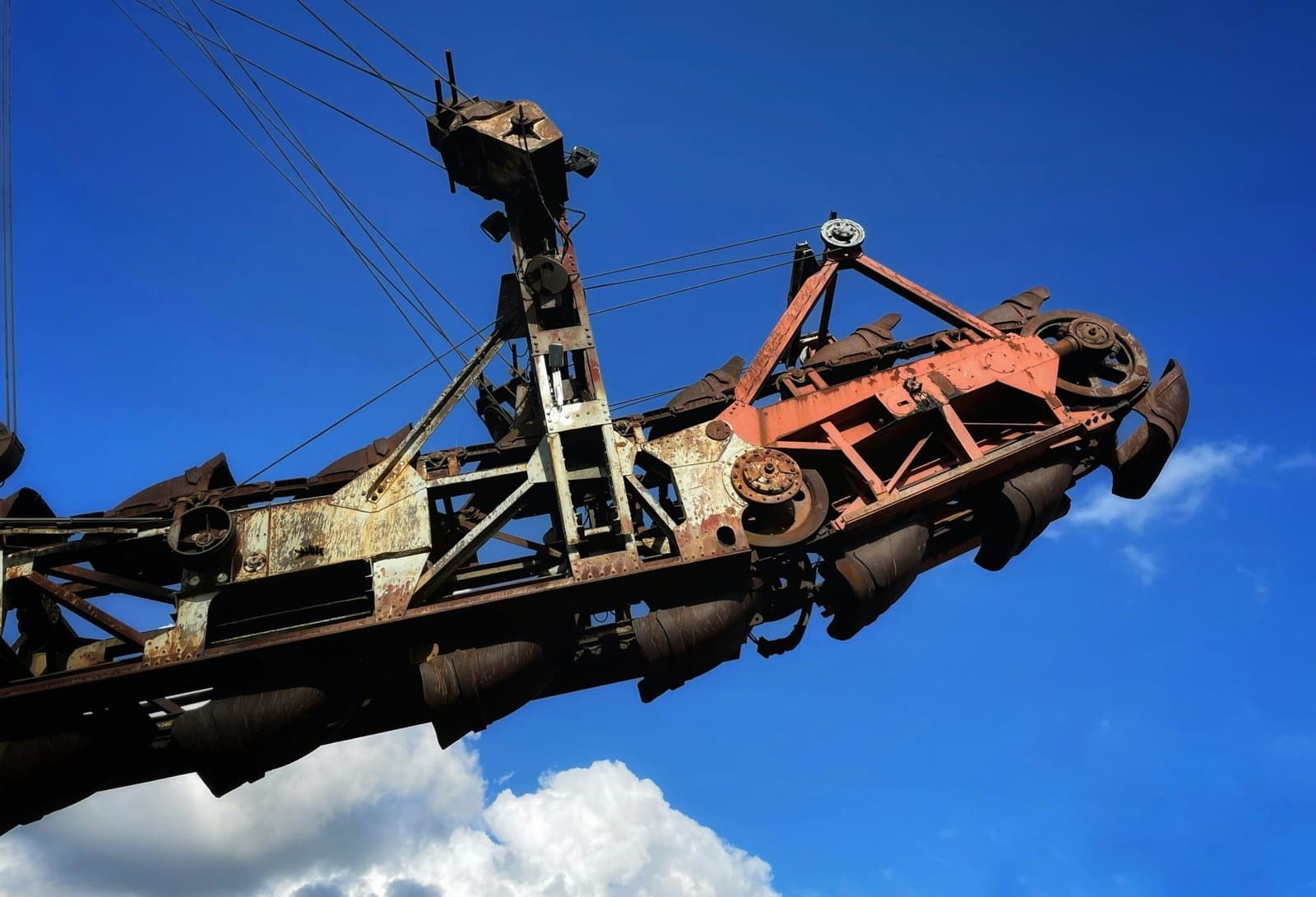
august 11, 2025